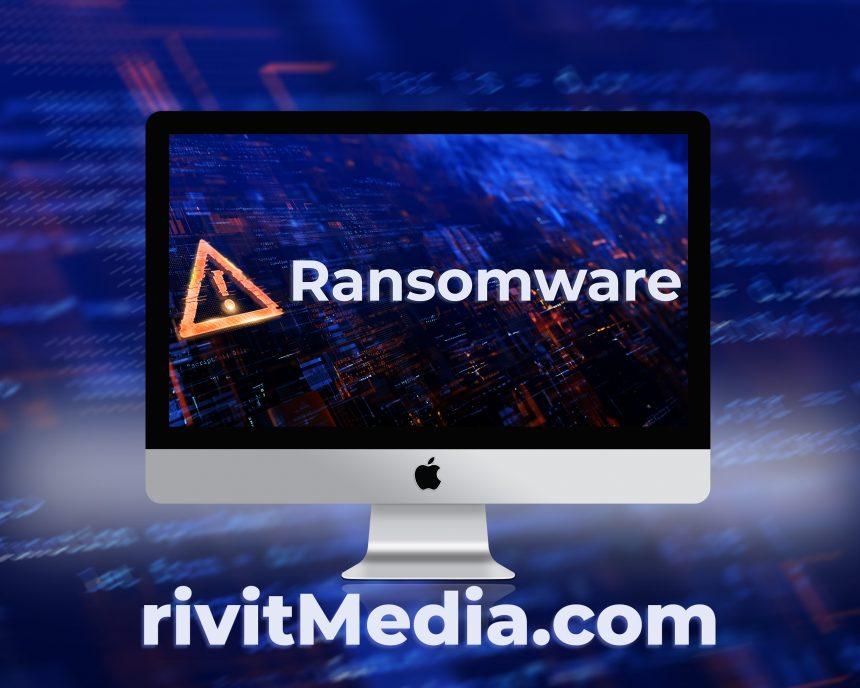CoV, a notorious member of the Xorist ransomware family, has emerged as a significant cyber threat, encrypting files and leaving victims with a daunting choice – pay a ransom or lose access to their precious data. This article delves into the intricacies of CoV, exploring its actions, consequences, and providing insights into detection names, similar threats, along with a comprehensive removal guide. Additionally, we’ll discuss best practices to shield your system against future infections.
Understanding CoV Ransomware
CoV operates as a file-encrypting ransomware, encrypting users’ files and appending the “.CoV” extension to filenames. It goes beyond file encryption, altering the desktop wallpaper and presenting a ransom note, typically in the form of the “HOW TO DECRYPT FILES.txt” file. The victim is coerced into paying 0.03 Bitcoin to a specified Bitcoin address, with promises of receiving decryption tools upon payment. CoV, like other ransomware, thrives on the fear and urgency it instills in victims.
Consequences of CoV Infection: Once infected, victims find their crucial files inaccessible, replaced with filenames appended with the “.CoV” extension. The desktop wallpaper is changed, and a ransom note provides instructions for decryption. The ransom note, along with the altered files, serves as a constant reminder of the attack. Paying the ransom is not recommended, as it does not guarantee file recovery and may further support criminal activities.
Similar Threats and Detection Names: CoV shares its ransomware traits with other variants like CookiesHelper, Pings, and Mango. Detection names for CoV include Avast (Win32:Filecoder-M [Trj]), Combo Cleaner (Trojan.Ransom.AIG), ESET-NOD32 (Win32/Filecoder.Q), Kaspersky (Trojan-Ransom.Win32.Xorist.lk), Microsoft (Ransom:Win32/Sorikrypt.A), among others. Understanding these names enhances users’ ability to identify and combat similar threats.
How CoV Infects Computers: CoV typically infiltrates computers through deceptive methods, often leveraging malicious email attachments, links, or compromised websites. Users may unknowingly download and execute the malware when interacting with these elements. Drive-by downloads from malicious websites, exploitation of software vulnerabilities, and the use of pirated software are also common infection vectors.
CoV Removal Guide
Step 1: Disconnect from the Internet: Disable Wi-Fi or unplug Ethernet cable to prevent further communication with the attacker’s server.
Step 2: Boot into Safe Mode: Restart your computer and press F8 or Shift+F8 to enter Safe Mode.
Step 3: Identify Malicious Processes :Open Task Manager (Ctrl+Shift+Esc) and end suspicious processes related to CoV.
Step 4: Remove Registry Entries: Open the Registry Editor (regedit) and delete registry entries related to CoV.
Step 5: Delete Malicious Files: Locate and delete CoV-related files using File Explorer.
Step 6: Restore System Settings: Use System Restore to revert your system to a previous state before the infection.
Best Practices for Prevention
- Keep software and operating systems updated to patch vulnerabilities.
- Exercise caution when opening email attachments or clicking on links.
- Avoid downloading software from untrusted sources, and steer clear of pirated content.
- Backup crucial data regularly to ensure recovery options without paying ransoms.
Conclusion
CoV ransomware stands as a stark reminder of the ever-evolving threat landscape. By understanding its actions, victims can take informed steps towards removal and recovery. Employing best practices for prevention is crucial to creating a robust defense against similar threats, ensuring a safer digital environment. Remember, vigilance and proactive cybersecurity measures are key to safeguarding your data and digital well-being.





